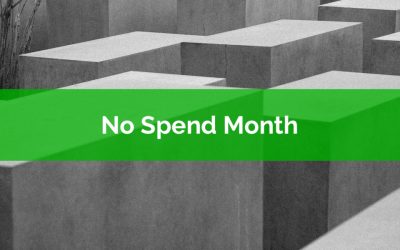Thank you for joining the waitlist!
You’re on the list for early access!
We will contact you via email when we’re ready for you to start your self-directed financial plan. In the mean time here is a quick preview…
Check out our latest blog posts…
When The Stock Market Drops, What Is Normal Versus Concerning?
When the stock market drops, what should you consider “normal” and when should you be concerned?
When there is a stock market drop, a large stock market correction, or a recession, it can be very disconcerting to see your portfolio drop day after day and week after week. For new investors, and even many experienced investors, seeing their portfolio decline by $1,000, $10,000, or even $100,000+ can be tough to stomach.
But as investors, we should anticipate that our portfolios will drop and some point. A portfolio will probably go through 5-10 large stock market drops over a lifetime. The question is, how large a drop is considered “normal”? And at what point should you be concerned?
During a large stock market drop it can be hard to avoid negative headlines. Bad news sells and when the stock market drops it can make headlines for months or years. This “headline effect” can cause even more panic.
But large drops in the stock market have been happening for decades. The reason may be different, but the result is always the same, a large decline in portfolio value followed by a recovery (at some point).
These historical stock market drops can teach us a good lesson about what is considered “normal”.
What “normal” is will depend on a few factors. The first factor is your level of diversification. The second factor is your current asset allocation, how is your portfolio allocated between equities and fixed-income. The third factor is if you’re currently in the accumulation phase, which can help mute the impact of a large stock market drop, or if you’re in the decumulation phase, when retirement withdrawals can amplify the impact of a large stock market decline.
Let’s look at some historical data to understand what “normal” looks like based on some of these factors.
How To Maximize Your Canada Child Benefit (CCB) And Gain $1,000 to $10,000+
If you currently have children, or if you’re planning to have children soon, or if you know someone with children, then this blog post could help you increase the Canada Child Benefit (CCB) by $1,000’s or even $10,000’s.
The Canada Child Benefit is a generous government benefit. It’s available to families with children aged 17 and under. This benefit is based on taxable income and can be maximized with some careful planning.
By using just two common accounts, the TFSA and the RRSP, we can maximize the Canada Child Benefit (CCB) and also minimize income tax.
The net result is $1,000’s or $10,000’s in additional Canada Child Benefit (CCB) and potentially $100,000+ in additional net worth over the course of a financial plan.
In this blog post we’re going to go through a specific example of how one family can boost their Canada Child Benefit by over $55,000, and when combined with income tax reductions, improve their overall net worth by $300,000+
Break Bad Spending Habits: Do A ‘No Spend’ Month
Habits. They’re both good and bad.
Habits are tough to change because for the most part they occur subconsciously. You’re not really in control. You may not even realize it’s a habit. You think you’re making a decision but really it’s just a habit driving your actions.
When you have a habit, good or bad, you’ve been wired through repetition and rewards to make the same actions over and over. Truthfully you have very little control.
Habits form when a behaviour is repeated often enough to become automatic. There are typically three phases to creating a habit, the cue, the routine, and the reward.
For example, a regular exercise routine is an extremely beneficial habit. Regular exercise can greatly improve your overall health and wellbeing. Getting 75 minutes of exercise each week can extend your lifespan by as much as 4.5 years! (Not to mention you feel so much better!)
Unfortunately, habits can work against you too. Bad habits can form just as easily as good habits.
Bad habits usually form during stressful times, during big life changes, and when you’re bored.
Bad spending habits are particularly easy to form because there is an immediate reward for spending money. Bad spending habits are also easily formed because there are spending cues all over the place in the form of advertisements.
Bad spending habits can be very detrimental to your financial health. Even a few bad spending habits can cost you $50-$100 per week. Over the course of your lifetime those habits can cost you hundreds of thousands of dollars (See the difference just $10/day makes!)
If you think you may have some bad spending habits I’ve got a challenge for you!
Try doing a “no spend” challenge this month. For the next 30 days you should spend no money at all. NOTHING!
Doing a “no spend” month is a great way to reset your spending habits (and save a bunch of money!)



